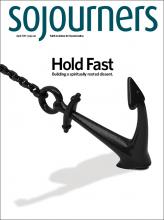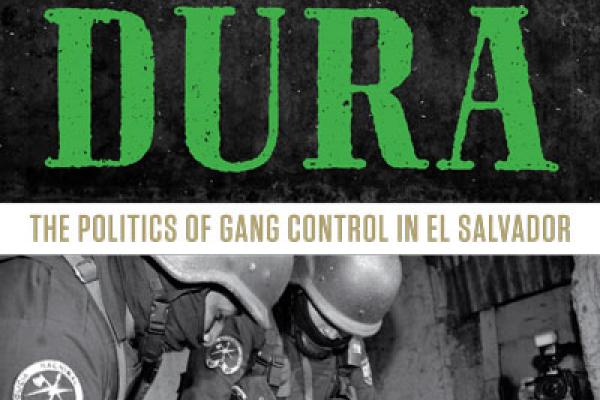THE MERE MENTION of maras—gangs that formed in the U.S. and then spread throughout Central America—conjures up overcrowded prisons filled with ominous-looking, elaborately tattooed Central American youth flashing gang signs. While this reality does exist, it’s part of what German scholar Sonja Wolf calls a folkloric attempt to demonize disenfranchised sectors of society rather than invest in comprehensive social programs.
Her new academic book, Mano Dura: The Politics of Gang Control in El Salvador, offers a far deeper analysis of public policy. It’s a must-read for any aid worker or missionary hoping to build peace and prosperity in a country with one of the highest homicide rates in the world—81 homicides per 100,000 people, eight times the U.N.’s marker for an epidemic. It also raises important questions about how much violence can actually be attributed to gangs when crime data is patchy and politicized.
The book, an updated version of Wolf’s 2008 doctoral dissertation in international politics, examines two decades of attempts to “pacify” El Salvador’s gangs, a subculture that diversified and expanded after El Salvador’s 1992 U.N.-sponsored peace accords. During the 12 years prior, a civil war claimed some 75,000 lives and prompted 1 million Salvadorans to seek refuge in the U.S. Some of these young refugees joined large U.S. gangs such as 18th Street or created their own, such as MS-13, then brought their gang affiliation back to El Salvador during mass deportations in the early 1990s.
Read the Full Article

